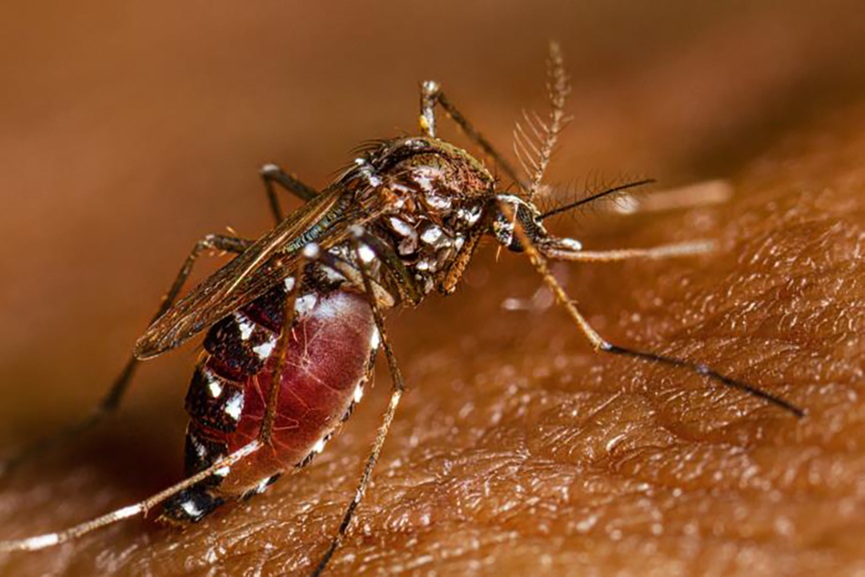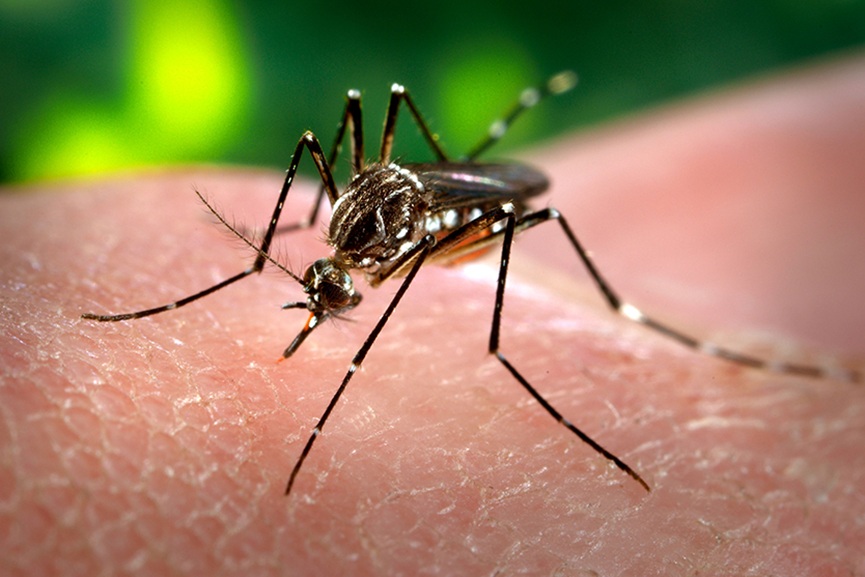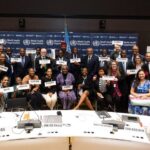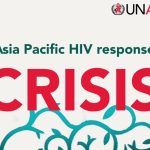Geneva: The World Health Organization (WHO) has issued an urgent international call to prevent a repeat of the devastating chikungunya virus epidemic of two decades ago.
The mosquito-borne virus, which causes high fever, joint pain, and in some cases long-term disability, now threatens an estimated 5.6 billion people in 119 countries, according to WHO medical officer Diana Rojas Alvarez.
“We are seeing history repeating itself,” Rojas Alvarez said at a press briefing in Geneva, referencing the 2004–2005 global chikungunya epidemic that originated in Indian Ocean islands before sweeping across the globe.
The resurgence began in early 2025, with significant outbreaks reported in La Réunion, Mayotte, and Mauritius, the same regions where the virus first exploded two decades ago. In La Réunion alone, Rojas Alvarez noted that one-third of the population may already have contracted the infection.
From these hotspots, the virus has rapidly expanded its reach. New cases have been confirmed in Madagascar, Somalia, and Kenya. Epidemic-level transmission has also emerged in Southeast Asia, including in India.
Of growing concern to global health officials is the virus’s arrival in Europe. Since May 1, France has recorded approximately 800 imported chikungunya cases.

Even more alarming is 12 confirmed local transmission episodes in southern French regions. The local mosquito populations, particularly the aggressive daytime-biting Aedes albopictus or ‘tiger mosquito,’ are now spreading the virus. Italy also reported a locally transmitted case last week.
“These are infections that occurred without any travel to endemic regions. It highlights the expanding risk in non-tropical areas due to globalization, climate change, and mosquito adaptation,” Rojas Alvarez emphasized.
There is currently no specific antiviral treatment for chikungunya. The virus is transmitted by the same mosquito species responsible for spreading dengue and Zika. Its symptoms can be sudden and debilitating, and while most patients recover, some suffer from lingering joint pain and fatigue for months or even years.
Given the lack of a cure, WHO is urging nations, particularly those with Aedes mosquito populations, to intensify public awareness campaigns, vector control measures, and personal protection efforts. Daytime insect repellent use, mosquito netting, and long-sleeved clothing are among the key preventive strategies.
























